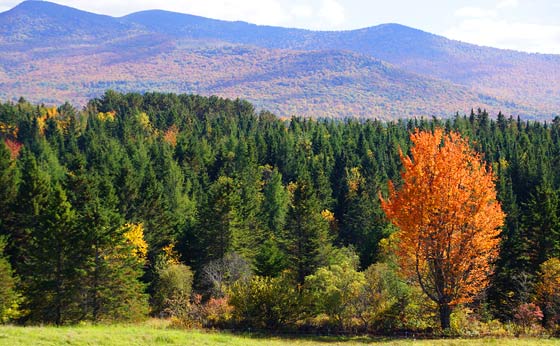How To Choose A Suitable Campsite

Selecting a comfortable and suitable tent or shelter campsite is a useful skill, regardless of whether you set up camp in a designated camping area or if you stealth camp in a natural, unprepared site.
I know it’s off-season as of this post date, but it’s good to discuss.
Here is a list of suggestions how to pick a good campsite…
In no particular order…
The easiest and often most suitable way to choose a campsite is to look for a site that already exists.
A good campsite should be close, but not too close, to water. By camping close to a water source, you get the convenience of a lighter pack (you don’t have to carry all that water).
Avoid camping beneath the tallest trees. Weather can change quickly (depending on your area), and camping beneath tall trees during a storm is, well, not smart.
If traveling with a group, sometimes large sites are tough to find, so you may want to break up your group into two or more sites.
Look for trees with suitable branches for hanging your food, because if there are bears around… and if you have food, they want food.
If you find yourself in a situation where no campsite currently exists, you will need to find the best available.
Spots between evergreen trees are usually good, as they typically drop a ton of needles that are nice to sleep on.
You want to stay high and dry. Avoid valleys and paths where water may flow toward you (flash floods get their name for a reason—they can deluge a low-lying area in minutes).
Choose a campsite free from natural dangers like insect nests and dead branches that may crash down in the middle of the night, as well as falling rocks.
Ideally, you want to be close to resources like running water (but not too close), dry wood (from which you can assemble a shelter and build a fire) and rocky walls or formations that can shield you from the elements.
Choose a site with its surface free of stones, broken branches, and roots. This is for your comfort, more than anything else.
You’ll be more comfortable if you can find a level site to sleep on.
Pick a campsite that is set off from hiking trails and game trails. You don’t want to camp too close to a human trail for privacy sake, or a game trail, where animals will disturb you at night. Animals often use human trails this way, so it’s just best to avoid both.
If you camp at least 200-feet away from a water source, it can help reduce the internal condensation you experience in your shelter. It will also reduce the possibility of contact with nuisance animals.
Check how hard the wind is blowing. A certain amount of wind is good to help eliminate shelter condensation, but you want to avoid high winds that could blow your shelter away or cause it to collapse. Camping in a very windy spot can also be colder. Pitching camp in a breezy exposed area reduces flying insects significantly.
During the colder months choose a slightly higher elevation than the water source to avoid (reduce the effects of) the cold. Colder air pools at lower elevations.
Look for signs of prior flooding, washouts, or debris. Try to pitch your tent (or make shelter) above the level of any streams/rivers that has flooded before.
Look up. Limbs from time to time will come crashing down (especially in winter). This is a very serious thing. Not only should you look down, but look up.
Schedule your day so you arrive at, or have chosen your campsite at least 2 hours before sunset.
